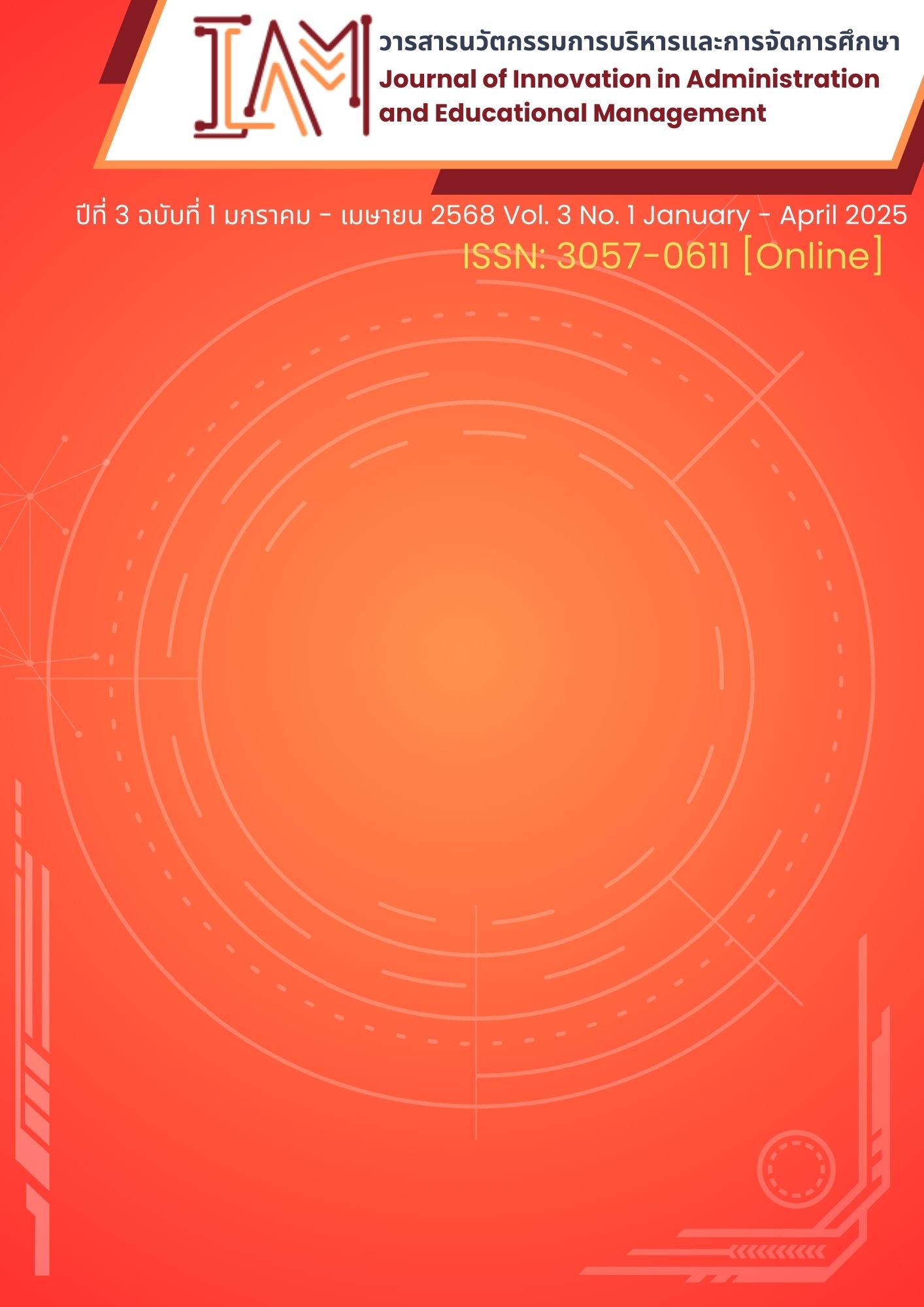CopyLeaks Artificial Intelligence Technology Creates Innovative Academic Plagiarism Detection, Enhancing Skills for Mutual Respect in the Digital World
Keywords:
CopyLeaks, Academic plagiarism, Mutual Respect in the Digital WorldAbstract
CopyLeak is an artificial intelligence technology developed for detecting academic plagiarism. It can analyze and compare text from various online sources, screening for plagiarism in both entire pages or paragraphs and identifying sources in the form of code, programming languages, websites, as well as text generated by artificial intelligence. Therefore, CopyLeak helps promote intellectual property respect among scholars, students, and researchers by creating an environment where users can accurately and quickly verify the correctness and completeness of content. The use of CopyLeak in education and research not only helps prevent copyright infringement but also fosters academic ethics and mutual respect within the academic community in the digital world.
Downloads
References
กุลวดี ปุณทริกโกทก. (2561). การอ้างอิงผลงานทางวิชาการ. วารสารกฎหมายมหาวิทยาลัยมหิดล. 1(1), 18 – 19.
กฤตติพัฒน์ ชื่นพิทยาวุฒิ. (2566). ความก้าวหน้าของ ChatGPT และการวิจัยทางพฤติกรรมศาสตร์การประยุกต์ใช้ประโยชน์ ความเสี่ยง และประเด็นทางจริยธรรมในการวิจัย. วารสารพฤติกรรมศาสตร์. (29)2, 154 - 173.
วิศรุจน์ เมืองปลื้ม และ วิชุดา กิจธรธรรม. (2560). ปัจจัยเชิงเหตุด้านจิตสังคมและผลด้านความภาคภูมิใจในผลงานวิชาการของการมีพฤติกรรมป้องกันการคัดลอกผลงานวิชาการของบัณฑิตศึกษาเขตกรุงเทพมหานคร. วารสารพฤติกรรมศาสตร์เพื่อการพัฒนา. (9)1, 193 - 210.
สำนักงานพัฒนาวิทยาศาสตร์และเทคโนโลยีแห่งชาติ. (2563). CopyLeaks โปรแกรมออนไลน์เพื่อตรวจสอบการคัดลอกผลงานเขียน. สืบค้น 1 กันยายน 2567, จาก https://www.nstda.or.th/home/
knowledge_post/copyleaks-plagiarism-checker/
อุทิศ บำรุงชีพ. (2566). นวัตกรรมสร้างสรรค์เพื่อการเรียนรู้สู่ความเป็นพลเมืองดิจิทัล. ชลบุรี: ชลบุรีการพิมพ์.
AcademicHelp. (2024). Copyleaks vs Turnitin. Retrieved October 2, 2024, from https://academichelp.net/plagiarism-checkers/copyleaks-vs-turnitin.html
CopyLeaks. (2024). Balancing AI technological advancement with integrity, transparency, and ethics. Retrieved October 12, 2024, from https://copyleaks.com/
Ng'andu, Kasonde & Hambulo, Farrelli & Haambokoma, Nicholas & Milingo, Tomaida. (2013). The Contribution of Behavioral Theories of Learning to Education.Zambia Journal of Education. 4(1), 58 – 74.
Saleem, Amna & Kausar, Huma & Deeba, Farah. (2021). Social Constructivism: A New Paradigm in Teaching and Learning Environment. PERENNIAL JOURNAL OF HISTORY. 2(2), 403 - 421.
Shkodkina, Yuliia & Pakauskas, Darius. (2017). Comparative Analysis of Plagiarism Detection Systems. Business Ethics and Leadership. 1(3), 27 - 35.
SI-UK. (2024). Plagiarism. Retrieved September 2, 2024, from https://www.siuk-thailand.com/study-guide/guidance-plagiarism-students/
Turnitin. (2017). plagiarism. Retrieved November 4, 2024, from ttps://www.plagiarism.org/article/what-is-plagiarism
Downloads
Published
How to Cite
Issue
Section
License
Copyright (c) 2025 Journal of Innovation in Administration and Educational Management

This work is licensed under a Creative Commons Attribution-NonCommercial-NoDerivatives 4.0 International License.






